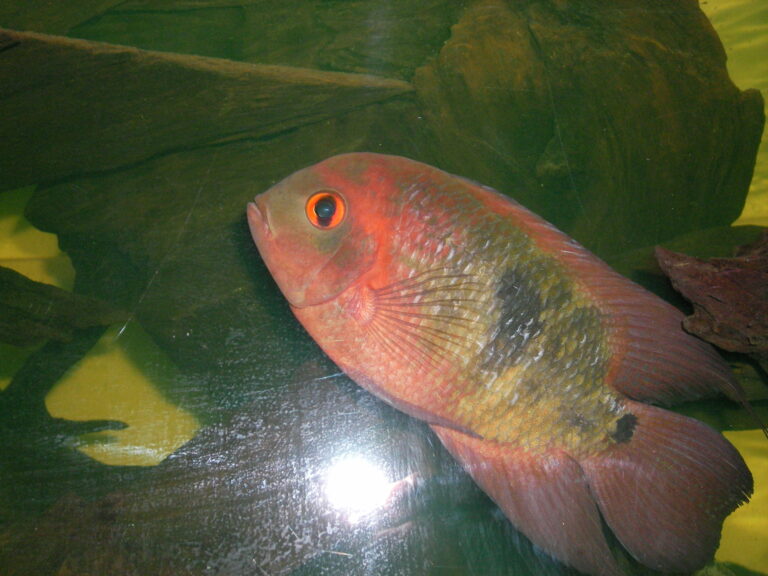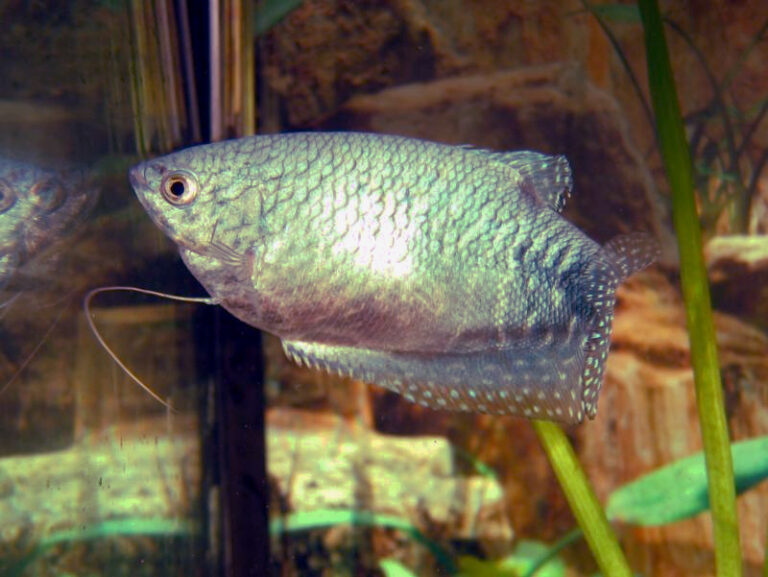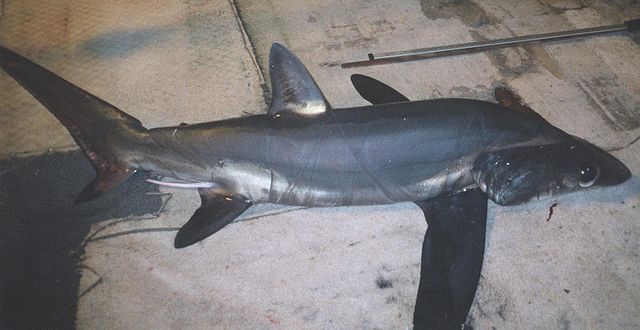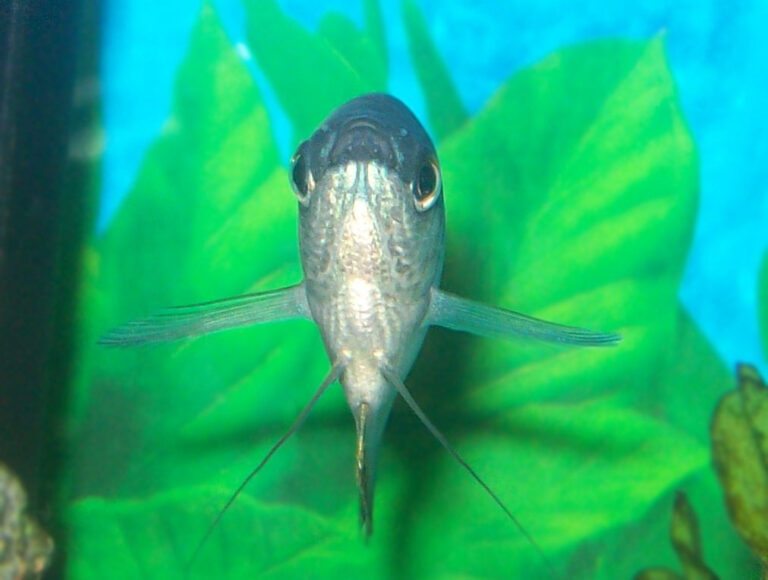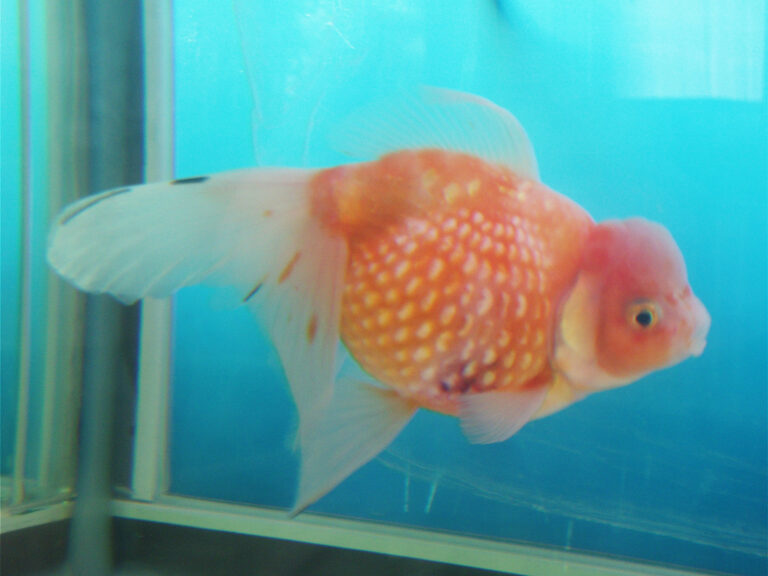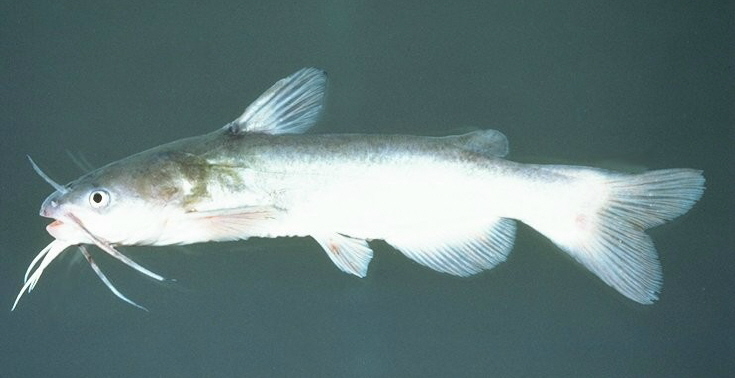How to Fish for Bluegill: 2025 Complete Guide
By Adam Hawthorne | Last Modified: June 4, 2025

Bluegill might not be the biggest fish in the pond, but they sure make up for it in fight and abundance. I’ve spent countless summer mornings chasing these colorful panfish, and there’s something genuinely satisfying about pulling in a fat bluegill on ultralight tackle. Whether you’re just getting started or looking to improve your catch rate, this guide covers everything you need to know about bluegill fishing.
How to Fish for Bluegill Successfully
If you’re targeting bluegill specifically (rather than just hoping to catch whatever bites), understanding their habits is crucial. I spent three years figuring this out the hard way before I started consistently filling my stringer. Bluegill typically inhabit shallow waters near structures, such as fallen trees, dock pilings, and weed beds. They’re colony fish, so where you find one, you’ll likely find many.
During spring and early summer, look for bluegill in shallow, warmer waters. They’re often busy making their distinctive circular spawning beds in sandy or gravelly areas. These “beds” look like small moon craters along the shoreline and are pretty easy to spot if the water’s clear enough. I remember stumbling across a massive spawning colony on Lake Michigan last May – must have been at least 50 beds all clustered together. Caught bluegill on almost every cast for two hours straight.
In mid-summer heat, bluegill will often retreat to slightly deeper water near drop-offs, especially during the middle of the day. I’ve had my best summer success fishing early mornings or late evenings in these transition zones. By fall, they tend to move deeper, following food sources and more comfortable water temperatures.
Winter bluegill fishing is a whole different game. These fish slow down considerably but still feed. Ice fishing for bluegill can be incredibly productive if you can locate where they’re holding. I’ve had days on the ice where my hands got sore from pulling up so many fish through a 6-inch hole.
Best Bluegill Fishing Equipment
You don’t need fancy gear to catch bluegill, which is part of their appeal. Some of my best days came using an old fiberglass rod I bought at a garage sale for $8.
For rods, ultralight is the way to go. A 5 to 6.5-foot ultralight or light action rod paired with a small spinning reel makes fighting even modest-sized bluegill genuinely fun. I’ve been using an Ugly Stik GX2 ultralight for the past three seasons, and it’s the perfect combination of sensitivity and durability for under $50.
Line choice is pretty straightforward. I typically use 4-pound test monofilament for most bluegill fishing. Mono gives you a bit of stretch, which helps when these aggressive little fighters make sudden directional changes. Occasionally I’ll switch to 2-pound test in extremely clear water or when the fish seem particularly line-shy. I tried using 6-pound test last summer and noticed an immediate drop in bites – these fish can definitely tell the difference.
As for hooks, I’ve found size 6 to 10 work best depending on your bait choice. Remember that bluegill have relatively small mouths, so oversized hooks mean missed hooksets. Last year I was getting frustrated missing fish until I dropped down from size 4 to size 8 hooks – problem solved instantly.
Effective Bluegill Bait and Lures
Bluegill aren’t particularly picky eaters, but they definitely have preferences. I’ve caught hundreds on the simple worm-and-bobber setup that’s been working since our grandparents’ time. Live bait is hard to beat, especially for beginners or when fishing with kids.
Live bait options include:
- Worms (red worms and pieces of nightcrawlers)
- Crickets (absolutely deadly in summer)
- Waxworms (my go-to for ice fishing)
- Mealworms
- Small pieces of crawfish tail
When using live bait, size matters. I often see beginners using way too much bait, which makes it harder for bluegill to take the hook properly. A small piece of nightcrawler about the size of your pinky fingernail is plenty – no need to thread the whole worm on there. My buddy Mike never believed me until I outfished him 5-to-1 one afternoon on Lake Huron using tiny bait pieces while he was using whole worms.
If you prefer artificial lures, these have produced consistently for me:
- 1/32 oz to 1/16 oz jigs with small plastic grubs (white, black, and chartreuse work great)
- Small inline spinners (Rooster Tails size 1/16 oz)
- Tiny crankbaits (Rebel Wee Crawfish is a bluegill magnet)
- Small poppers and dry flies (for surface action)
There’s something special about watching a bluegill rise to take a small popper off the surface. I spent a whole evening last August casting small foam poppers along weed edges on my local pond and had bluegill hitting so aggressively they were sometimes jumping completely out of the water to take the bait.
Bluegill Fishing Techniques That Actually Work
Over my years chasing these fish, I’ve developed a few reliable techniques that consistently produce. The beauty of bluegill is that you can catch them using a variety of approaches, from dead simple to more technical.
Bobber Fishing
This classic approach remains effective because it works. A simple setup with a small bobber, split shot, and baited hook suspended 1-3 feet below the surface is deadly. The key adjustment most folks miss is depth – sometimes moving your bait just 6 inches deeper or shallower makes all the difference.
I had a frustrating morning last June when I could see bluegill all around but couldn’t get bites. After experimenting, I realized they wanted the bait exactly 28 inches deep – not 24, not 32. Once I dialed that in, the action was non-stop.
Drift Fishing
For covering more water, especially when bluegill are scattered, drift fishing can be highly effective. I’ll use a small jig tipped with a piece of worm or a tiny soft plastic and drift along likely structure. The subtle movement of the boat or slight breeze creates a natural presentation that bigger bluegill find hard to resist.
On larger lakes like Erie, I’ve had great success drifting parallel to weed edges in 8-12 feet of water during hot summer days when the fish move deeper. The slow, natural presentation often triggers bites when nothing else works.
Fly Fishing
If you want to really level up your bluegill game, try fly fishing for them. A 3-5 weight fly rod with floating line and small poppers, wet flies, or nymphs can be absolutely deadly. Bluegill are perfect for learning fly fishing since they’re abundant and not particularly selective.
Last spring I took my old 4-weight fly rod out after not using it for years and had one of the most enjoyable fishing days in recent memory. Casting small black ant patterns along shoreline structure, I caught dozens of chunky bluegill that fought remarkably well on the light tackle.
For fly patterns, I’ve had consistent success with these:
- Small poppers (#10-12)
- Woolly Buggers (#10-12)
- Ant patterns
- Small nymphs
- Wet flies
I’m certainly not an expert fly angler, but even my mediocre casting is more than sufficient for bluegill. They’re not like spooky trout – accuracy matters more than delicacy.
Ice Fishing Techniques
During winter, you can catch some of the biggest bluegill of the year through the ice. Small tungsten jigs tipped with waxworms, spikes, or plastics worked just off the bottom are my go-to approach.
The key with ice fishing for bluegill is hole location and depth. I typically start in 8-12 feet of water near structure like weed edges or drop-offs. If I don’t find fish within 15 minutes, I’ll drill new holes rather than waiting. Mobility is crucial for consistent ice fishing success.
My most productive ice fishing pattern has been starting deeper (12-15 feet) in the early morning, then moving progressively shallower as the day warms up. By mid-afternoon, I’m often fishing as shallow as 4-6 feet. This pattern has been remarkably consistent on most of the Michigan and Minnesota lakes I’ve fished during winter.
Finding Bluegill Hotspots
Location is critical for consistent bluegill success. While these fish are widespread in most freshwater systems, finding concentrations of larger specimens requires some knowledge.
In my experience, the best bluegill spots share a few common characteristics:
- Proximity to structure (weeds, wood, docks)
- Access to both shallow and deeper water
- Some form of bottom composition change (sand to mud, rock to sand)
- Protected from heavy boat traffic and fishing pressure
During spring, focus on shallow bays and coves where the water warms first. Spawning beds are often found in 2-4 feet of water in these areas. Mid-summer usually finds bigger bluegill moving to deeper structure near drop-offs, particularly during bright, sunny days.
One overlooked bluegill hotspot is around floating docks. The shade provided by these structures attracts bluegill, especially during midday sun. I’ve caught some of my largest specimens by skipping small jigs under docks that don’t see much pressure.
Another productive pattern I’ve found is targeting bluegill around submersed timber. Last summer, I discovered a fallen oak tree in about 7 feet of water on my local lake. That single spot produced consistent 9+ inch bluegill for weeks before other anglers discovered it. The combination of cover, shade, and insect life made it a bluegill magnet.
Seasonal Patterns for Bluegill Success
Bluegill behavior changes predictably with the seasons, and adapting your approach accordingly makes a huge difference in success rates.
Spring Tactics
Spring is prime time for shallow water bluegill fishing. As water temperatures climb into the 60s, bluegill move into spawning areas. Males create and guard the characteristic circular beds, becoming extremely aggressive in the process. This aggression makes them susceptible to a wide variety of presentations.
I’ve found that small moving baits work particularly well during the spawn, as they trigger a reaction strike from the territorial males. Small spinners, swim jigs, and even tiny crankbaits can be deadly during this period.
The spawn typically occurs when water temperatures are between 65-75°F, but I’ve seen variations based on region and specific lake conditions. In northern Michigan, we often don’t see full spawning activity until mid-June, while southern lakes might see spawning bluegill as early as April.
Summer Patterns
Summer brings a shift in bluegill location. Post-spawn fish often move to slightly deeper water, especially during the heat of the day. Early mornings and evenings can still produce excellent shallow water action, but during bright midday conditions, look for bluegill to hold tight to cover in deeper water.
I’ve found that summer bluegill often suspend around structure rather than holding tight to the bottom. Adjusting your presentation to target these suspended fish can make a huge difference. Last August, I was struggling to catch fish until I raised my bait about 2 feet off the bottom – suddenly the bite was on.
Summer also brings insect hatches that can create feeding frenzies. Pay attention to any surface activity, as bluegill will often feed aggressively during these events. Small dry flies or tiny poppers can be absolutely deadly during a hatch.
Fall Approaches
Fall brings cooling water and changes in bluegill behavior. As water temperatures drop, bluegill often school more tightly and feed more aggressively in preparation for winter. These fall feeding binges can produce some of the year’s best action.
I’ve found that fall bluegill tend to relate more to bottom structure and are less likely to suspend in the water column. Adjust your presentations accordingly, focusing on baits worked closer to the bottom. Small jigs tipped with live bait can be particularly effective during this period.
In northern lakes, I typically find fall bluegill congregating around the last remaining green weeds as other vegetation dies off. These areas concentrate both fish and the food they’re seeking.
Winter Ice Fishing
Ice fishing for bluegill requires an adjustment in both location and presentation. During winter, bluegill metabolism slows considerably, making them less aggressive but still willing to feed.
I typically start ice season focusing on the same weed edges that were productive in late fall. As winter progresses and oxygen levels potentially decrease in shallower areas, bluegill often move to slightly deeper water.
Small tungsten jigs tipped with live bait like waxworms or spikes are my standard winter presentation. The weight of tungsten allows for better feel and control when fish are being finicky. Color can make a huge difference in winter – I always carry jigs in black, red, orange, and glow patterns to determine daily preferences.
Catching Trophy Bluegill
While most bluegill run in the 6-8 inch range, specimens over 9 inches are considered trophies, with anything over 10 inches being exceptional. Targeting these larger fish requires a slightly different approach.
Trophy bluegill typically behave more cautiously than their smaller counterparts. They’re often found slightly away from the main schools, either deeper or relating to more substantial cover. My best trophy bluegill have almost always come from areas with less fishing pressure and more complex structure.
A few tips I’ve learned for targeting bigger bluegill:
- Focus on waters known to produce larger specimens (often smaller, less-pressured lakes)
- Fish during prime seasonal periods (pre-spawn and fall)
- Use slightly larger baits than you would for average bluegill
- Fish deeper structure adjacent to spawning areas during breeding season
- Target prime feeding times (dawn and dusk)
- Be willing to sort through smaller fish to find the big ones
I caught my personal best 11-inch bluegill while fishing a small, relatively unknown lake in northern Michigan. It came from the edge of a weed bed in about 12 feet of water, striking a 1/16 oz black marabou jig worked slowly along the bottom. The interesting thing was that I caught no other bluegill from that spot – just this single giant that apparently had the prime feeding location all to itself.
Tips for Fighting and Landing Bluegill
While bluegill aren’t typically a challenging fish to land, larger specimens can definitely put your skills to the test, especially on ultralight tackle. A few tips I’ve learned:
- Let the fish run when it wants to – bluegill make quick, darting runs that can break light line if you try to horse them in
- Keep steady pressure – their soft mouths can allow hooks to pull free if you give them slack
- Use a properly adjusted drag – I set mine just tight enough to apply pressure but loose enough to give line under a solid run
- Guide them to a landing net rather than lifting them directly from the water, especially larger fish
- Wet your hands before handling to protect their protective slime coating
I learned the importance of proper drag settings the hard way a few years back when I lost three consecutive big bluegill because my drag was locked down too tight. Their quick, powerful runs coupled with light line meant broken leaders until I properly adjusted things.
Cleaning and Cooking Bluegill
Let’s be honest – one of the best things about bluegill is their excellent table fare. They’re widely considered among the tastiest freshwater fish, with firm, white, flaky meat that’s relatively mild.
When cleaning bluegill, I prefer the filleting method:
- Make an angled cut behind the gills down to the backbone
- Turn the knife and cut along the backbone toward the tail
- Flip the fillet over and remove the skin by cutting between the meat and skin
- Check for any remaining bones and remove them
It takes a bit of practice to efficiently fillet smaller panfish, but the results are worth it. I prefer a thin, flexible fillet knife rather than a stiffer blade when working with bluegill.
For cooking, simple is often best:
- Classic pan-fried with a light cornmeal coating
- Baked with herbs and lemon
- Grilled in foil packets with vegetables
- Beer-battered and deep-fried
My personal favorite is a simple preparation: fillets dusted with seasoned flour and quickly pan-fried in butter for just a few minutes per side. Served with lemon wedges and maybe a cold beer, it’s hard to beat after a successful day on the water.
Conservation and Responsible Bluegill Fishing
While bluegill are generally abundant, responsible harvest is still important for maintaining quality fisheries. In many waters, overharvest of large bluegill can lead to stunted populations dominated by smaller fish.
Some guidelines I follow for sustainable bluegill fishing:
- Follow all local regulations regarding limits and size restrictions
- Consider releasing larger spawning-size males, especially during breeding season
- Keep only what you’ll eat fresh – bluegill don’t freeze particularly well long-term
- Consider keeping mid-size fish (7-8 inches) rather than only the largest specimens
- Be mindful of special regulations on trophy bluegill waters
On my home lake, we’ve seen average bluegill size increase substantially since the implementation of a reduced bag limit for panfish. What used to be an 8-fish average has now become a 9+ inch average simply through more careful management.
FAQ About Bluegill Fishing
What size hooks are best for bluegill?
Size 6 to 10 hooks generally work best for bluegill. Their small mouths can have trouble with larger hooks, leading to missed hooksets. I typically use size 8 hooks for most of my bluegill fishing, occasionally going to size 6 when targeting trophy specimens with larger baits.
When is the best time to catch bluegill?
Spring through early summer is generally considered prime time, especially during the spawn when fish are aggressive and concentrated in shallow water. However, bluegill can be caught year-round, including through the ice in winter. In summer, early morning and evening typically produce best, while midday can be better during cooler months.
What’s the difference between bluegill and sunfish?
Bluegill (Lepomis macrochirus) are actually a type of sunfish, but not all sunfish are bluegill. The sunfish family includes pumpkinseed, redear sunfish, green sunfish, longear sunfish, and others. Bluegill specifically are identified by their small mouth, dark blue “ear” flap, vertical bars on their sides, and a distinctive dark spot at the base of the dorsal fin.
How big do bluegill get?
The average adult bluegill is 6-8 inches and weighs 4-6 ounces. However, they can grow much larger under optimal conditions. Trophy bluegill are generally considered to be 9+ inches, with specimens over 10 inches being exceptional. The world record bluegill weighed 4 pounds 12 ounces and was caught in Alabama in 1950.
Are bluegill good to eat?
Absolutely! Bluegill are considered among the best-tasting freshwater fish. They have white, flaky, mild-flavored meat that takes well to a variety of cooking methods. Their only drawback as table fare is their small size, which means you need several fish for a substantial meal.
What’s the best bait for big bluegill?
For trophy bluegill, I’ve had the most success with:
- Small crawfish (either live or soft plastic imitations)
- Larger worms (half a nightcrawler rather than small pieces)
- Slightly larger jigs (1/16 oz instead of 1/32 oz)
- Minnows (unusual but deadly for true giants)
- Leeches (especially in northern waters)
There’s something about a leech suspended under a slip bobber that seems irresistible to big bluegill, especially in clearwater lakes during summer. I learned this technique from an old-timer up in northern Michigan and it’s been a consistent producer of bigger-than-average fish since then.
Final Thoughts on Bluegill Fishing
Bluegill might not get the glory of bass or the mystique of trout, but they offer some of the most accessible and enjoyable fishing available. Their abundance, willingness to bite, and excellent table fare make them perfect for anglers of all skill levels.
I’ve found that bluegill fishing has a way of bringing fishing back to its simplest, most enjoyable roots. There’s something wonderfully nostalgic about watching a bobber dip below the surface that connects us to our earliest fishing memories.
Whether you’re introducing a child to the sport, looking for a relaxing way to spend a summer afternoon, or specifically targeting trophy specimens, bluegill offer something for everyone. And when that drag starts singing as a bull bluegill makes a run for deeper water on ultralight tackle – well, that’s a fishing thrill that stands up to just about anything else that swims.
So grab your ultralight gear, some small hooks and bait, and head to your local bluegill hotspot. I’m willing to bet you’ll come away with both a few fish for the pan and a reminder of why this sport captivates us in the first place.

Meet Adam Hawthorne
I’m a lifelong fishing enthusiast who’s spent years exploring rivers, lakes, and oceans with a rod in hand. At Fishing Titan, I share hands-on tips, honest gear reviews, and everything I’ve learned about fish and ocean life, so you can fish smarter and enjoy every cast.
Share:

Meet Adam Hawthorne
I’m a lifelong fishing enthusiast who’s spent years exploring rivers, lakes, and oceans with a rod in hand. At Fishing Titan, I share hands-on tips, honest gear reviews, and everything I’ve learned about fish and ocean life, so you can fish smarter and enjoy every cast.
Related Articles
-
Sunset Platy
The Sunset Platy (Xiphophorus maculatus), commonly known as the Southern Platyfish, represents one of the most popular and recognizable freshwater aquarium species in the hobby…
-
Chocolate Cichlid
The Chocolate Cichlid stands as one of South America’s most distinctive freshwater species, captivating aquarists and researchers alike with its remarkable color transformations and complex…
-
Gold Gourami
The Gold Gourami (Trichopodus trichopterus) represents one of Southeast Asia’s most recognizable freshwater fish species, distinguished by its robust constitution and distinctive golden coloration. Originally…
-
Best Saltwater Fishing Rigs in 2025
As someone who’s spent over three decades casting lines into just about every body of water I could find, I can tell you this –…
Fish Species
-
Bigeye Thresher Shark
The Bigeye Thresher Shark represents one of the ocean’s most extraordinary predators, distinguished by its dramatically elongated tail fin that can extend up to half…
-
Blue Gourami
The Blue Gourami (*Trichogaster trichopterus*) stands as one of the most recognizable and adaptable freshwater fish species in tropical aquaculture and natural ecosystems across Southeast…
-
Pearlscale Goldfish
The Pearlscale Goldfish represents one of the most distinctive and captivating varieties of ornamental carp, distinguished by its characteristic raised scales that create a unique…
-
White Catfish
The White Catfish represents one of North America’s most adaptable freshwater species, serving as both an important commercial fish and a cornerstone species in countless…


